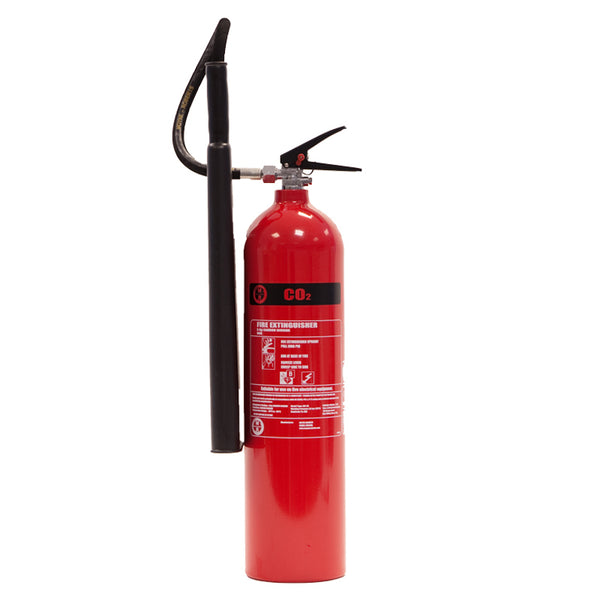There are a range of fire safety measures that are created to deal with different types of fire. Believe it or not, fire isn’t just fire: there are – in fact – six different classes of fire. This means that there is more than one type of extinguisher, too. Here are the classes of fire:
- Class A – fires that are primarily involving solid materials to include wood and paper.
- Class B – fires that involve flammable liquids such as petrol.
- Class C – fires that involve gas.
- Class D – fires that involve metals.
- Class E – fires that involve live electrical wiring.
- Class F – fires that involve cooking oils.
A class B fire involves flammable and combustible liquid, also known as hydrocarbon fuels. The fire triangle is made up of heat, fuel and oxygen and this triangle gives everything necessary to start, develop and maintain a fire. The liquids that are involved in a class B fire are so common that they pose a huge risk in a range of environments. Businesses, especially, are at risk, considering that these flammable liquids are widely used in environments such as petrol stations and factories. Hospitals are also at risk, as are schools and retail outlets. Most of these environments have used these flammable liquids, and one of the biggest dangers of a class B fire is the fact that they are very difficult to control. It’s one of the most dangerous classes of fire because of this, as they develop very quickly and destroy everything in their path.

How do I stop a Class B fire?
The one method that should always be avoided when dealing with a class B fire is a water fire extinguisher. Flammable fuels don’t respond to water extinguishers given that they are a petrol or oil – it will just float on the surface of the water. If you’ve ever seen a fire from an oil rig, you’d remember that the fire sits on the water and burns.
The quickest way to end a class B fire is to cut off the oxygen. Carbon dioxide gas can often be a good way to dilute the oxygen that is feeding the fire to stop it burning. Fire extinguishers that are able to deal with class B fires should also be kept in the workplace and even the home as a first line of defence against these fires. An example of an extinguisher rated to combat a class B fire is a powder fire extinguisher.
How to avoid a Class B fire
When you are in charge, prevention is better than trying to fight a fire. Lowering the chance of a class B fire from developing is going to be the number one way to avoid such fires. You can store flammable liquids according to health and safety regulations, which is the best way to avoid ignition of a fire. Doing this can mean that a Class B fire is much smaller if it does break out.



